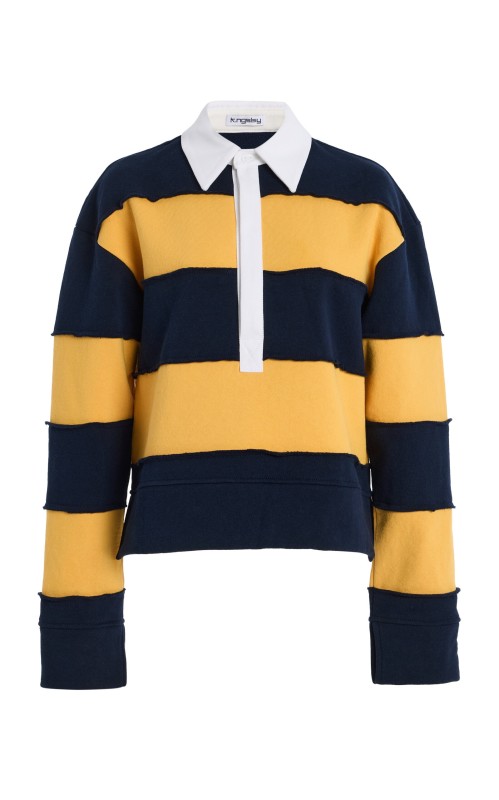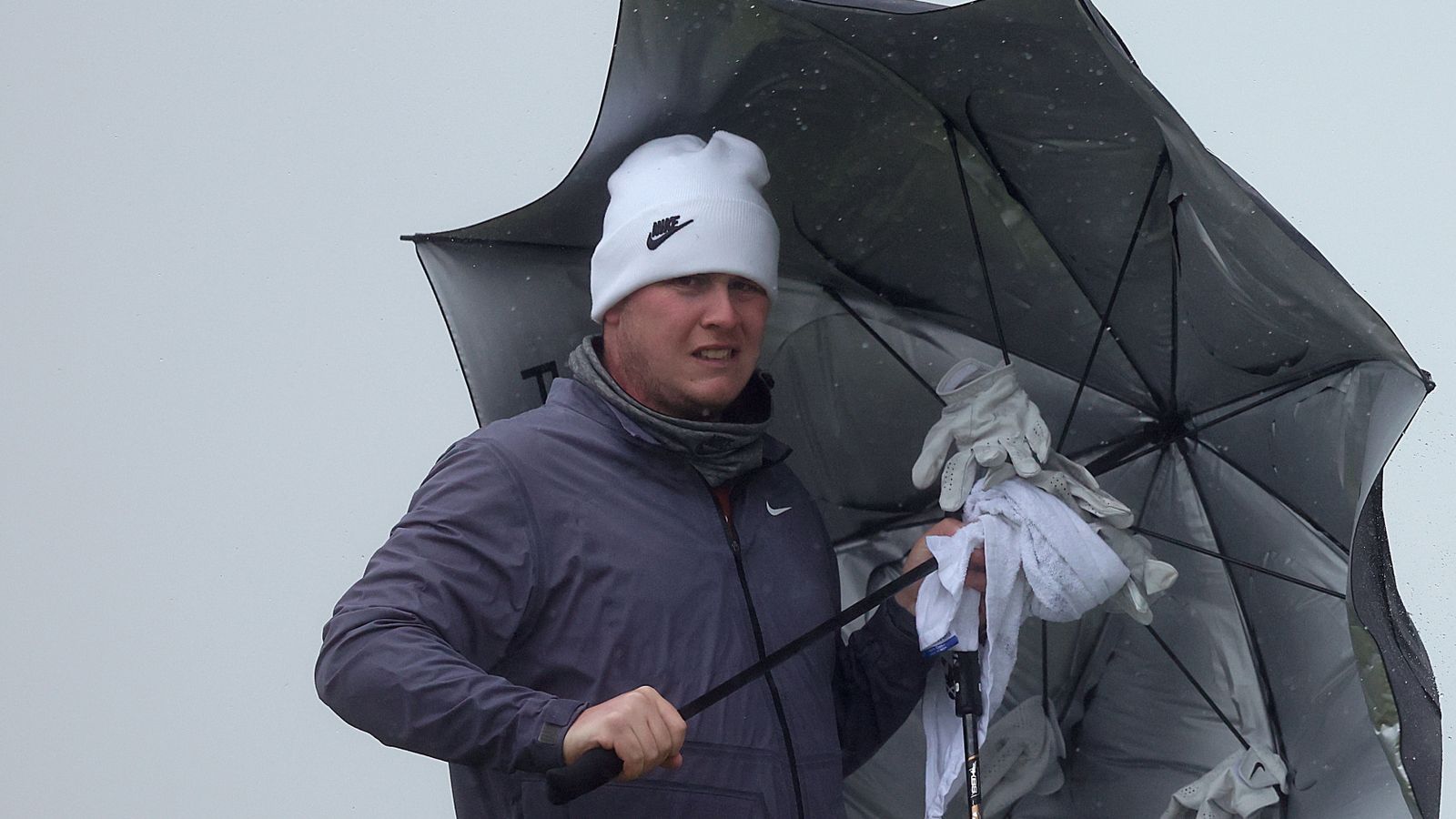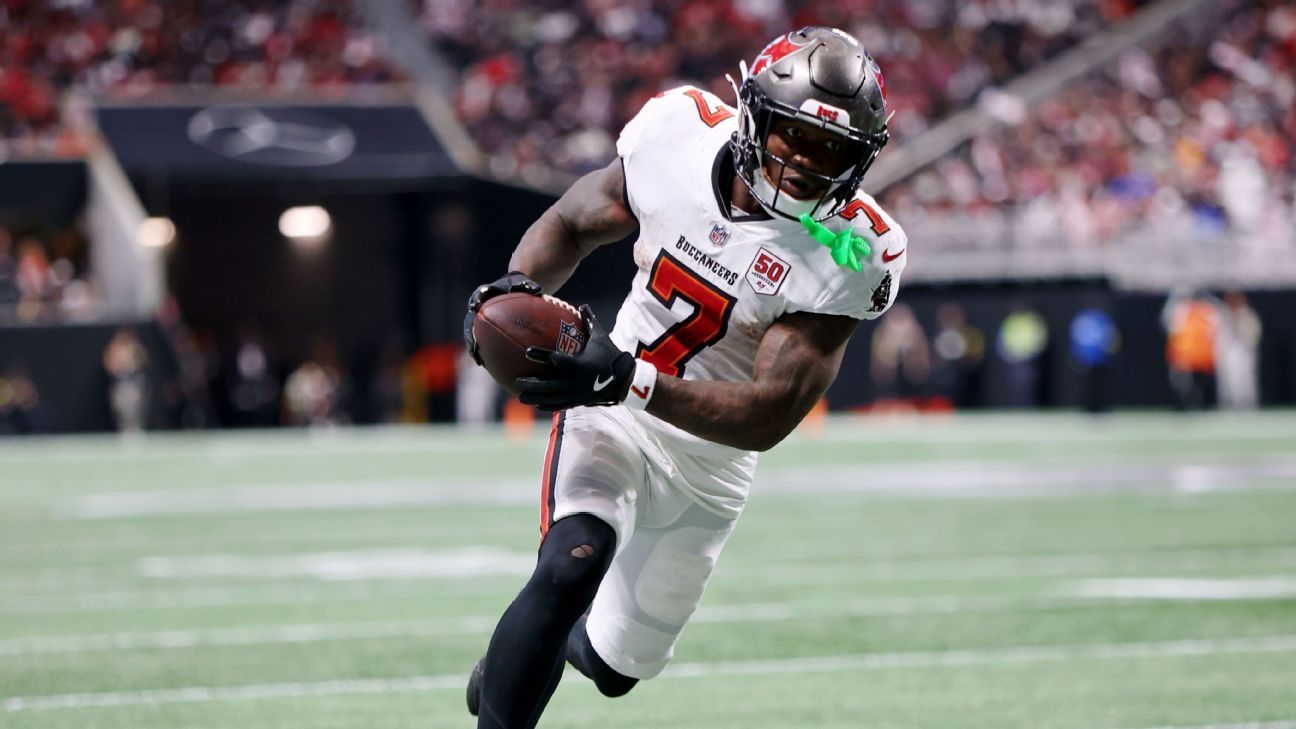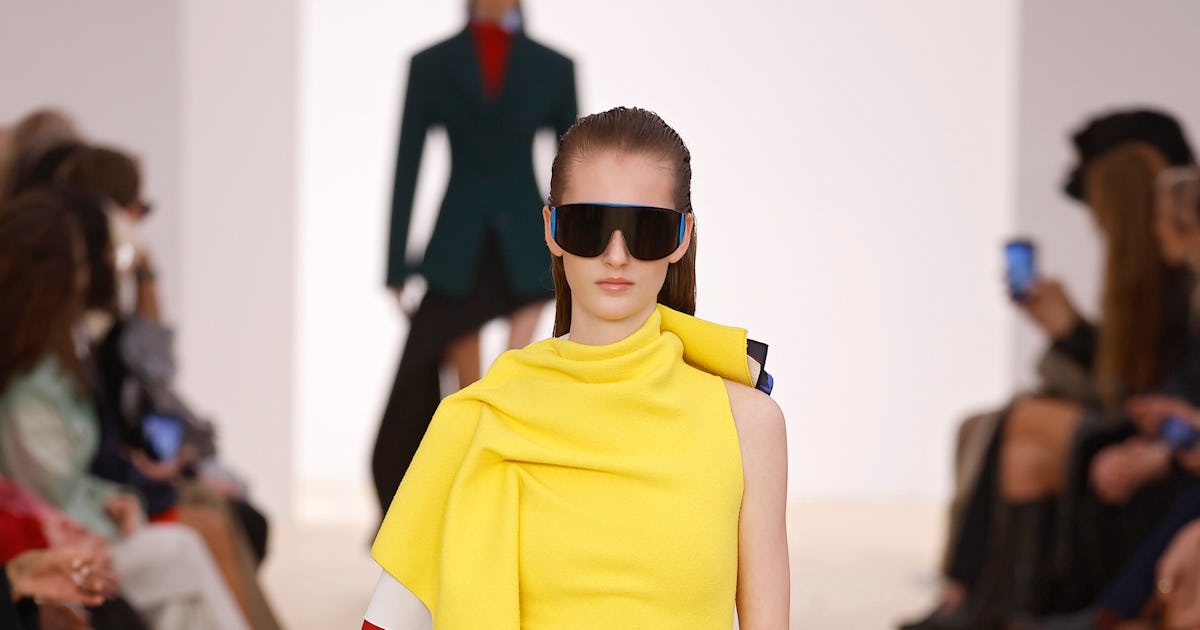
There was a time, in my mid-20s, when I became completely obsessed with why I was the way I was. I’d just been through a major break-up, and what followed was a period of intense and intentional soul-searching. I’d do my own tarot cards every night—yes, every night, even after the club. I got really into the Myers-Briggs test (I’m an “INFJ”), as well as my astrological birth chart (Libra sun, Virgo moon, Libra rising) and favorite love languages (mine is “words of affirmation”). I started seeing a psychotherapist weekly and I got heavily into the most accepted personality framework of all: attachment theory.
Attachment theory—the idea that we develop attachment styles in our early years that then later inform our relationships—was first developed by psychoanalyst John Bowlby in the 1950s and 1960s. But the pop psychology version really gained freakishly widespread popularity after the 2010 release of Attached, a very digestible self-help book from Amir Levine and Rachel S. F. Heller that basically dives into the different attachment styles and how they might show up in romantic scenarios. You probably already know the attachment styles by now, but if not, they can be loosely separated into four main categories: secure, anxious, avoidant, and fearful-avoidant.
After discovering my own attachment style via a cursory online quiz (anxiously attached with shades of fearful avoidance—at the time, at least), I soon realized that attachment theory could in fact be the answer to all my questions. I felt anxious not because I had reason to, but because I was filtering my relationships through a scarcity mindset. I was being breadcrumbed by a situationship not because they were uninterested, but because they were a classic avoidant, afraid of too much intimacy and commitment. I was attracted to emotionally unavailable people not because they were objectively sexier, but because I felt comfortable in a place of yearning as opposed to security. It all clicked into place, like removing a clock face and unveiling the neatly designed cogs within.
Soon, I started to view everything through the lens of attachment theory, internally categorizing every single person I came across into one of the four lanes. Someone took a week to respond to a message? Typical avoidant! Friend only interested in a guy after he pulled back after the third date? My anxiously attached bells are ringing! Date randomly ghosted after coming on incredibly strong? Do I sense a rare fearful avoidant? I even got weirdly obsessed with scrolling through anxious and avoidant subreddits late at night—r/anxiousattachment currently has 76K followers, while r/avoidantattachment has much less at 45K, a discrepancy that is so on-the-nose it’s laughable. Couples in pop culture were also viewed afresh: we all know where Carrie and Big fit on the attachment style continuum.
#Finally #Fell #Love #Attachment #Theory






